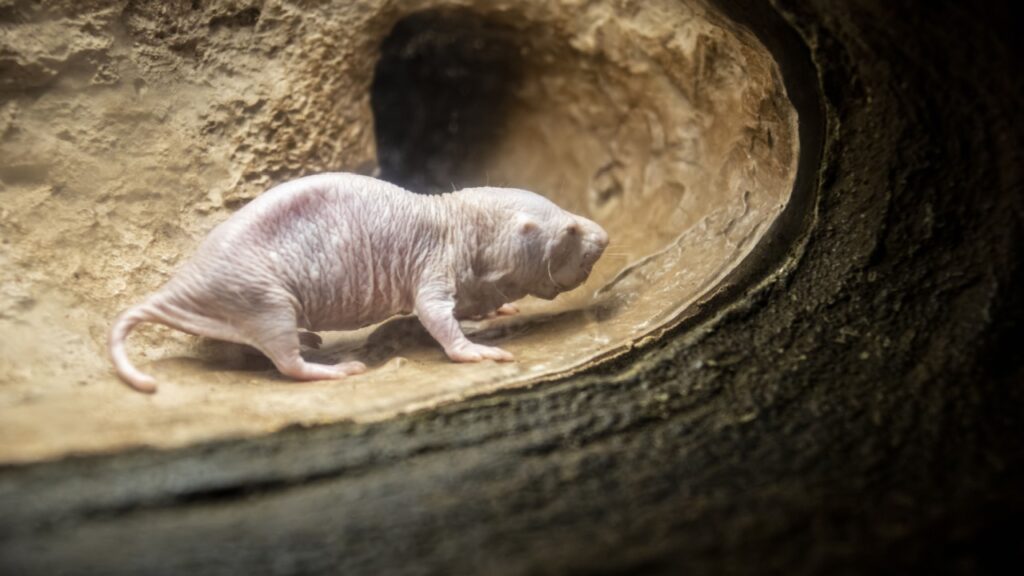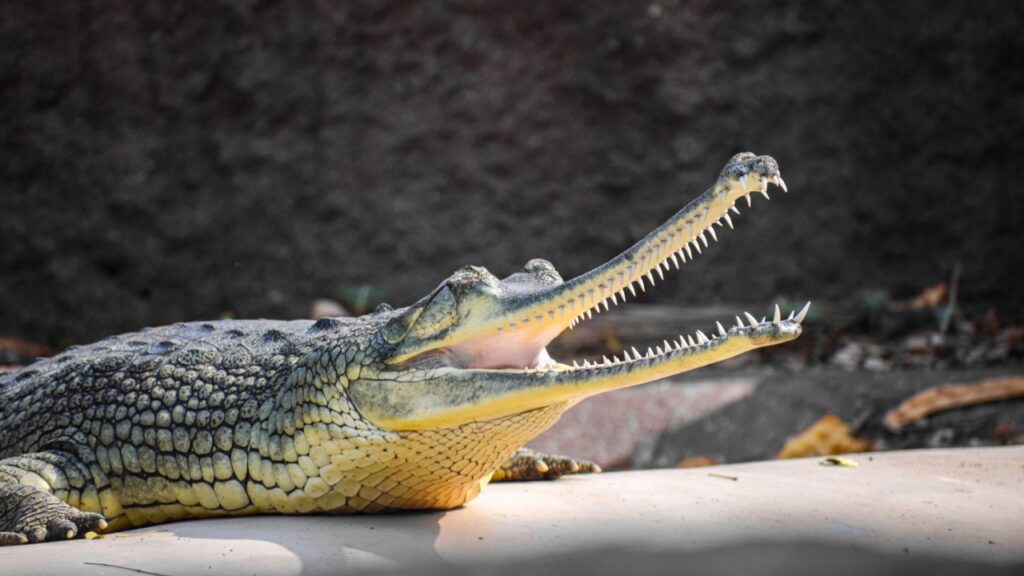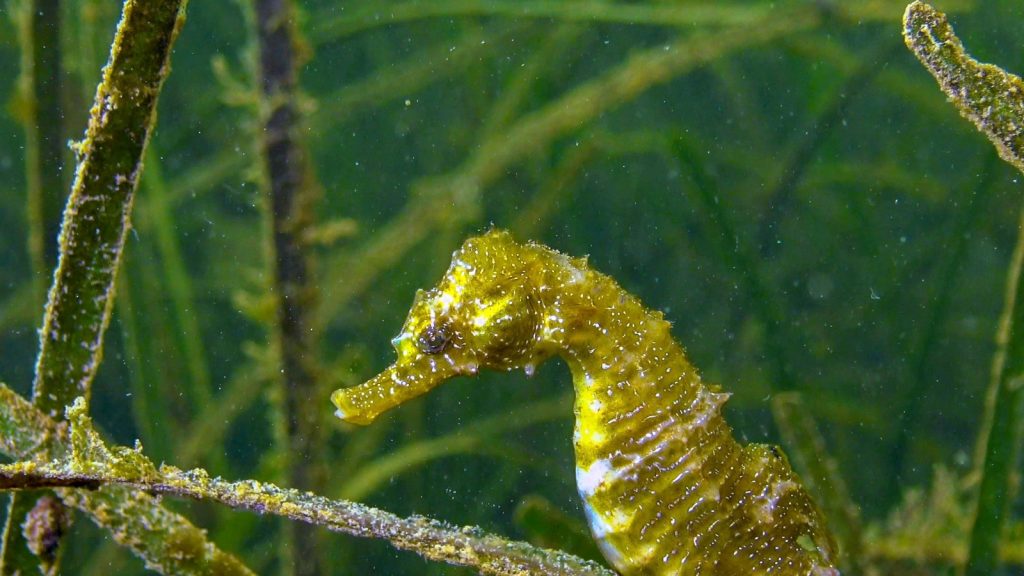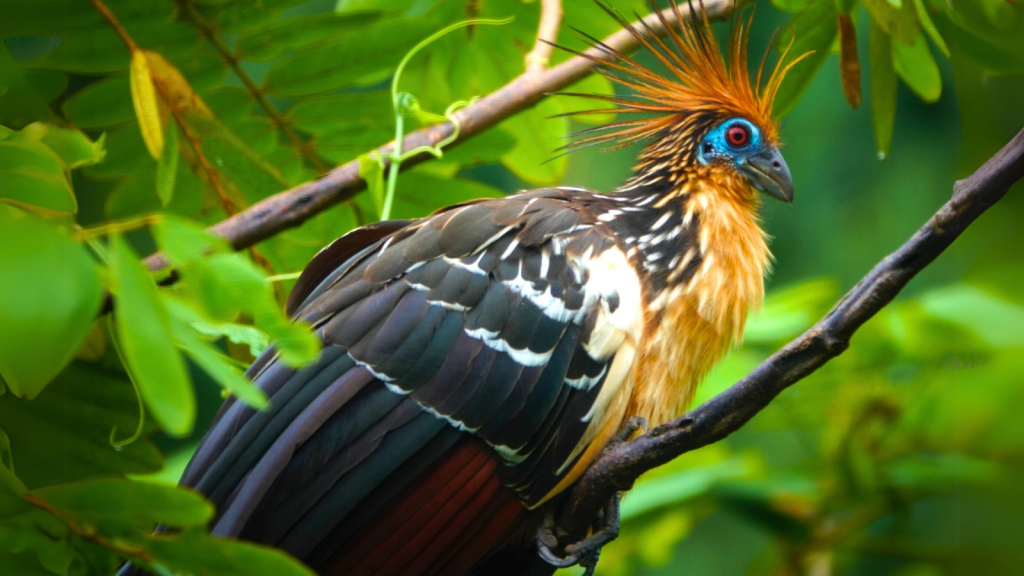Nature never ceases to amaze us with its weird and wonderful creations. Just when we think we’ve seen it all, along comes a creature that makes us scratch our heads in disbelief. These living oddities challenge our understanding of the animal kingdom, blurring the lines between different groups and reminding us that life isn’t always keen on fitting into neat little boxes. From egg-laying mammals to venomous primates, these 17 animals are true rebels of the natural world. They’ve taken evolution’s rulebook and tossed it out the window, leaving scientists puzzled and nature lovers utterly fascinated.
Platypus

The platypus looks like a practical joke played by Mother Nature. With its duck-like bill, beaver-like tail, and otter-like feet, this Australian mammal seems cobbled together from spare parts. It lays eggs like a reptile but produces milk for its young. To top it off, male platypuses have venomous spurs on their hind legs, making them one of the few venomous mammals in the world. These remarkable creatures can sense electrical signals from their prey, allowing them to hunt with their eyes, ears, and nose closed underwater.
Naked Mole Rat

These wrinkly, hairless rodents live like insects in underground colonies with a queen. They’re cold-blooded like reptiles, despite being mammals. Naked mole rats are nearly immune to cancer and can survive up to 18 minutes without oxygen. Their bizarre appearance is matched only by their extraordinary biology, making them a subject of intense scientific interest. They also have an incredibly long lifespan for their size, living up to 30 years in captivity, which is about 10 times longer than a typical mouse.
Axolotl

The axolotl, or Mexican walking fish, isn’t a fish at all – it’s an amphibian that never grows up. These creatures keep their larval features throughout their lives, including their feathery external gills. Axolotls have an amazing ability to regrow lost body parts, including parts of their brain, making them a valuable subject in regenerative medicine research. They can even accept organs from other axolotls without rejection, a feat that continues to baffle scientists.
Tardigrade

Also known as water bears, tardigrades are microscopic animals that can survive just about anything. They can withstand extreme temperatures, radiation, and even the vacuum of space. These tiny tough guys can dry out completely and come back to life years later when exposed to water, defying our understanding of what it means to be alive. Tardigrades have even been found thriving 5,547 metres below the surface of the Pacific Ocean, proving their incredible adaptability to extreme environments.
Hoatzin

The hoatzin is a bird that thinks it’s a cow. Found in the Amazon rainforest, this feathered oddball has a digestive system more like a ruminant mammal than a bird. Young hoatzins have claws on their wings, a feature lost in most modern birds. Their unusual appearance and distinctive smell have earned them the nickname “stinkbird”. These unique birds are the only members of their family and order, standing alone on their branch of the evolutionary tree.
Pangolin

Pangolins look like walking pine cones, covered in scales made of keratin – the same stuff as our fingernails. These shy mammals are the only scaled mammals in the world. When threatened, they roll into a tight ball, protected by their armour-like scales. Sadly, this defence doesn’t work against their biggest threat: human poachers. Pangolins have incredibly long tongues, sometimes longer than their entire body length, which they use to catch ants and termites deep inside nests and mounds.
Gharial

The gharial is a crocodilian with a difference. Its long, thin snout lined with needle-like teeth makes it look more like a aquatic bird than a typical crocodile. These fish-eaters can’t even close their mouths properly. Once widespread across South Asia, gharials are now critically endangered due to habitat loss and fishing nets. Male gharials sport a distinctive bulb on the end of their snouts called a ghara, which they use to make bubbling noises to attract females during mating season.
Glaucus Atlanticus

This tiny sea slug looks like it swam straight out of a fantasy novel. Also known as the blue dragon, it floats upside down on the ocean surface, using its blue underside as camouflage against the sky. Despite its small size, it packs a powerful sting, storing venom from the jellyfish it eats to use against predators. These beautiful creatures are hermaphrodites, possessing both male and female reproductive organs, which increases their chances of successfully mating in the vast open ocean.
Goblin Shark

With its extendable jaws and nail-like teeth, the goblin shark looks like something from a nightmare. This deep-sea dweller is often called a “living fossil” because it’s barely changed in millions of years. Its bizarre snout is filled with special sensory organs to detect prey in the darkness of the deep ocean. When the goblin shark detects prey, it can project its jaws forward at lightning speed, snatching its victim in the blink of an eye.
Aye-Aye

The aye-aye is a lemur that thinks it’s a woodpecker. This nocturnal primate has an unusually long middle finger, which it uses to tap on trees and listen for grubs inside. Once it locates its prey, it gnaws a hole in the bark and fishes out the insect with its specialized finger. Its eerie appearance has led to persecution in its native Madagascar. Aye-ayes also have continuously growing incisors, much like rodents, which they use to gnaw through wood and tough seeds.
Blobfish

The blobfish looks very different in its natural habitat than in the infamous photos that made it “the world’s ugliest animal”. In the deep sea, high pressure gives it a more normal fish shape. When brought to the surface, it deflates into a sad, gelatinous blob. This odd appearance is actually a clever adaptation to life in the crushing depths. The blobfish’s jelly-like body allows it to float effortlessly above the sea floor, conserving energy in its food-scarce environment.
Horned Lizard

Also known as the horned toad, this lizard has a few tricks up its scaly sleeve. When threatened, it can squirt blood from its eyes as a defence mechanism. Some species can also inflate themselves like a spiky balloon to deter predators. These unusual reptiles are well-adapted to life in harsh desert environments. Horned lizards have a unique diet among lizards, specializing in eating ants, which they can consume by the thousands in a single day.
Leafcutter Ant

These ants are expert farmers, growing their own food in underground fungus gardens. They don’t eat the leaves they cut; instead, they use them as compost for their fungus crops. The largest leafcutter ant colonies can have millions of workers, rivalling human cities in their complexity and organisation. The ants and their fungus have evolved together for millions of years, creating a mutually beneficial relationship that neither can survive without.
Komodo Dragon

The Komodo dragon is the largest lizard in the world, and it’s got an appetite to match. These giant reptiles can take down prey as large as water buffalo, thanks to their strong jaws and venomous bite. They’re also known for their unusual “virgin births”, where females can reproduce without males in a process called parthenogenesis. Komodo dragons have an excellent sense of smell, able to detect carrion from up to 10 kilometres away.
Seahorse

Seahorses turn the tables on traditional gender roles. In these fish, it’s the male that gets pregnant and gives birth. Female seahorses deposit their eggs into the male’s brood pouch, where he fertilizes and carries them until they hatch. These peculiar fish also have prehensile tails and independently moving eyes, adding to their otherworldly appearance. Seahorses are some of the slowest-swimming fish in the sea, relying on camouflage and their ability to grasp onto objects with their tails to avoid predators.
Sloth

Sloths are the couch potatoes of the animal kingdom, but their slow lifestyle is actually a clever survival strategy. They move so slowly that algae grows on their fur, providing camouflage in the rainforest canopy. Sloths even have a unique neck structure that allows them to turn their heads almost 270 degrees, handy for keeping an eye out for predators. Their slow metabolism means they only need to come down from the trees to defecate about once a week, reducing their vulnerability to ground-based predators.
Echidna

Along with the platypus, echidnas are the only egg-laying mammals in the world. These spiny creatures look like a cross between a hedgehog and an anteater. Male echidnas have a four-headed penis, while females lay eggs into a pouch on their belly. Despite their primitive features, they’re surprisingly intelligent and have the largest prefrontal cortex relative to body size of any animal. Echidnas have no teeth, instead using their long, sticky tongues and horny pads in their mouths to grind up their insect prey.
Becky is a fervent wildlife enthusiast and pet care expert with a diploma in canine nutrition. Her love for animals stretches beyond the domestic, embracing the wild tapestry of global fauna. With over a decade of experience in animal welfare, Becky lends her expertise to OutlandishOwl through insightful articles, captivating wildlife information, and invaluable guidance on pet nutrition. Her work embodies a deep commitment to understanding the intricate lives of animals and a passion for educating others on sustaining natural habitats. Becky's hands-on conservation efforts and her knack for translating complex dietary science into practical pet feeding tips make her an indispensable voice for creatures great and small.




